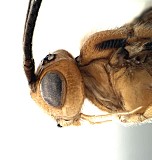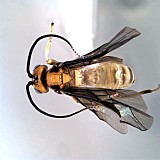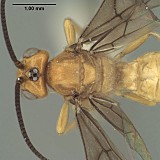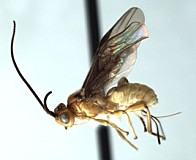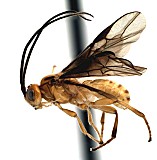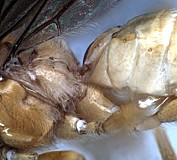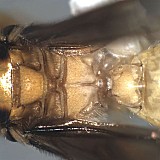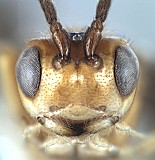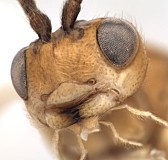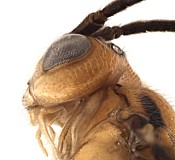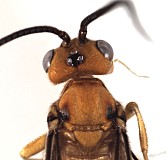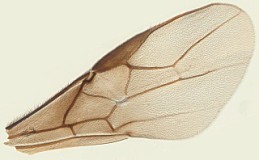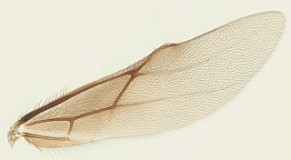Opius gomesi Costa Lima, 1938 is a synonym of bellus (Wharton and Marsh 1978).
Opius turicai Blanchard, 1966 is also a synonym of bellus (Wharton and Marsh 1978; Ovruski et al. 2005).
Opius (Bellopius) bellus Gahan, 1930
Opius bellus is closely related to Opius (Bellopius) hirtus Fischer, but the head is dark in hirtus. Opius bellus and related species are characterized by a strong median carina on the propodeum (Fig. 4) relative to some of the other species currently placed in Bellopius.
Natural occurrence and abundance/population fluctuations: Canal-Daza et al. (1994); Canal-Daza et al. (1996); Aguiar-Menezes and Menezes (1997); Aguiar-Menezes and Menezes (2001)
There are no specimens currently determined for this OTU, or those specimens determined for this OTU are not yet mappable.
This material is based upon work at Texas A&M University supported by the National Science Foundation under Grant Numbers DEB 0949027 and DEB 0328922 with REU supplement 1313933. Any opinions, findings, and conclusions or recommendations expressed in this material are those of the author(s) and do not necessarily reflect the views of the National Science Foundation.
